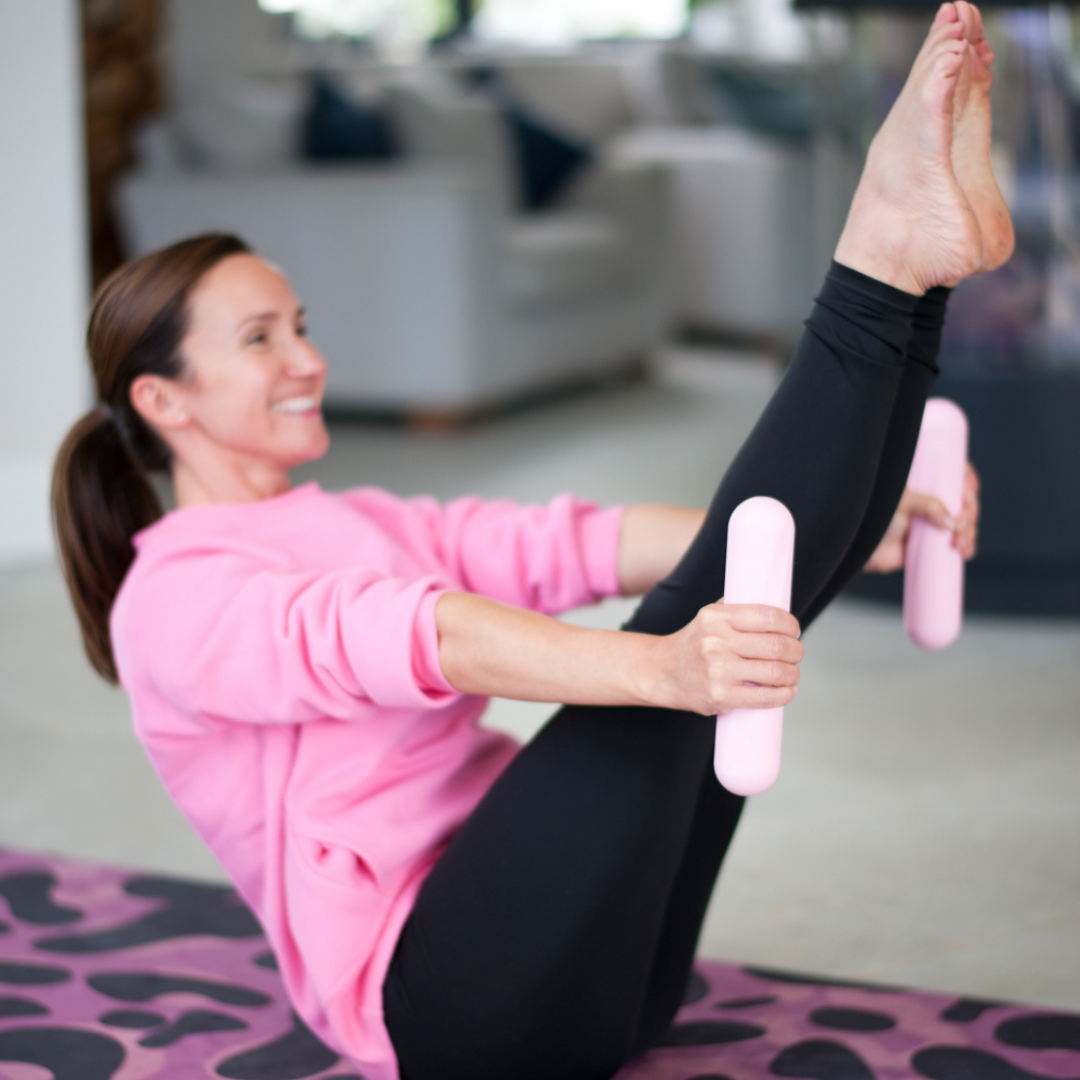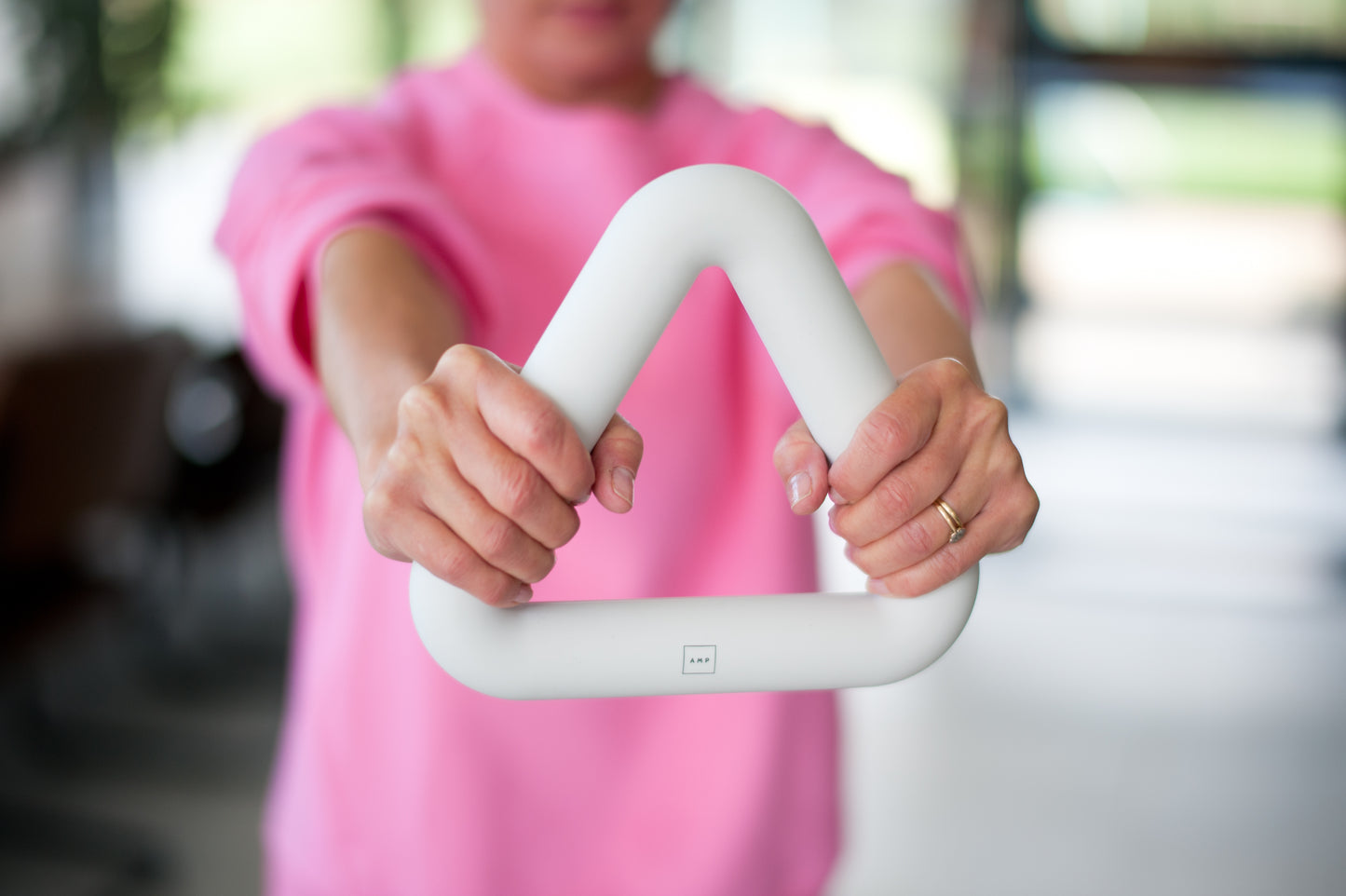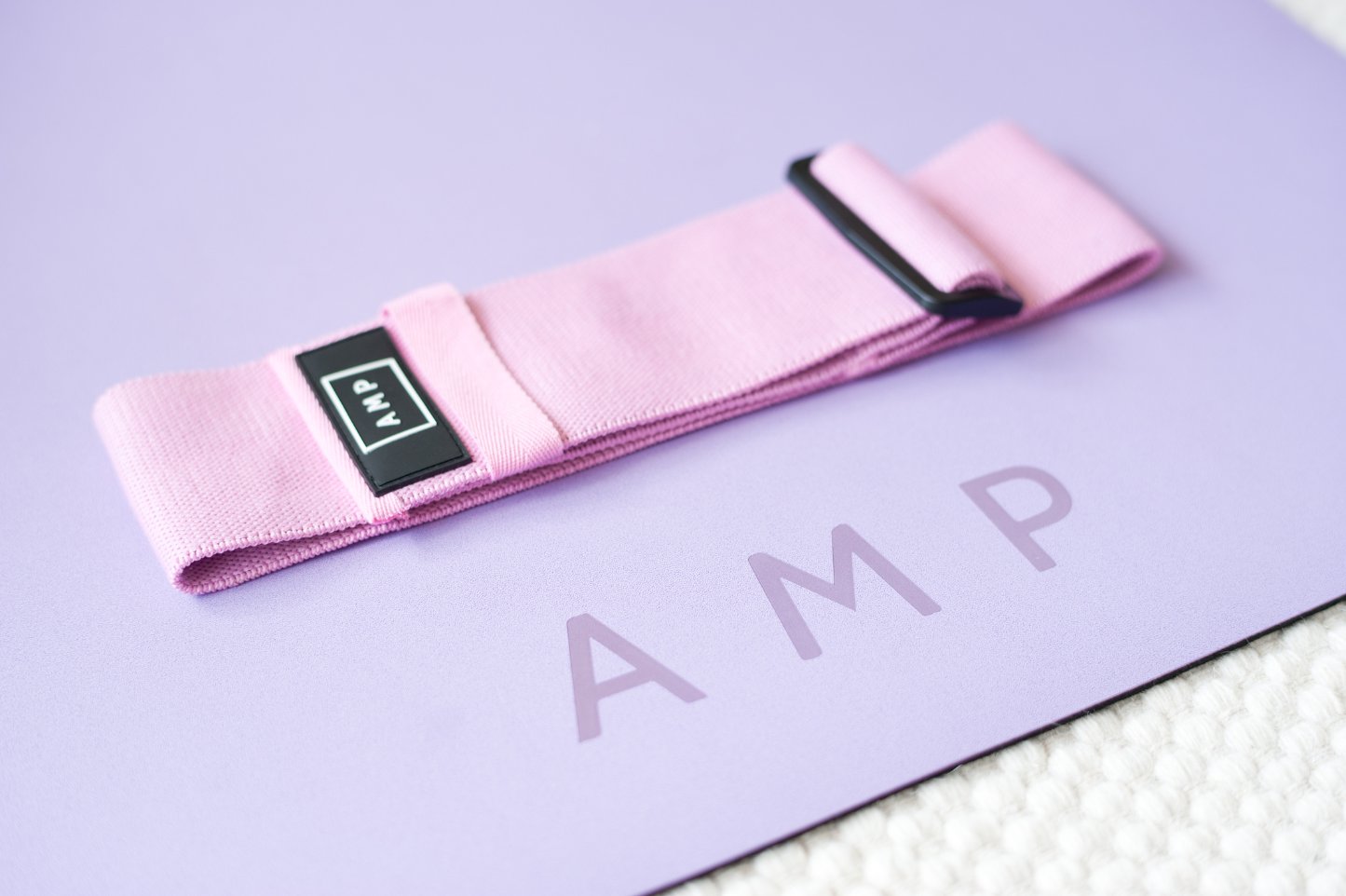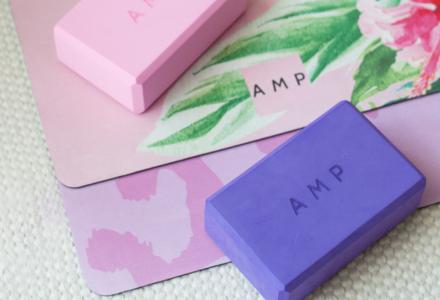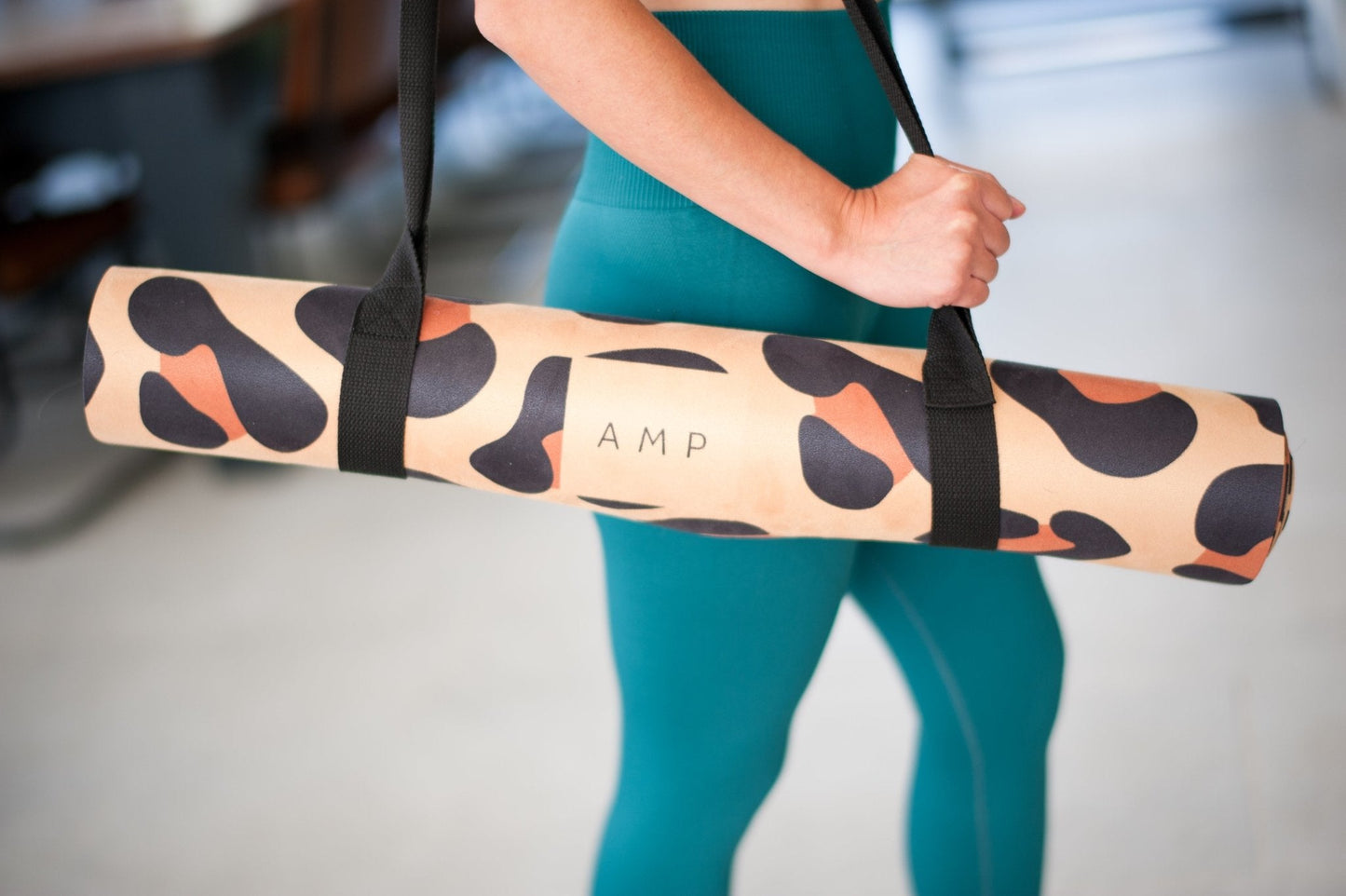This store requires javascript to be enabled for some features to work correctly.
Unsere Auswahl an Fitness-, Wellness- und Lifestylethemen.
What Are Core Sliders, Exactly?
Core sliders are small disk-like exercise accessories that can add an extra level of challenge and diversity to your standard home workout routine. Core sliders are commonly designed from tough plastic (or try our beautiful bamboo discs),featuring a smooth slide si...
Having strong, toned arms can significantly boost your appearance and body confidence. With summer in full swing and shorter sleeves becoming the norm, you might be wondering how to tone your arms quickly and effectively. Achieving those sculpted arms doesn't have to be a daunting task, and with ...
Enhancing your fitness journey is not only about the exercise, workouts and energy that you put into your sessions. It is also about how you then rest, recover and optimise the health of your body to be able to make the most out of your workouts. The purpose of this is to improve the quality of t...
We love our vegan suede yoga mats (hello leopard print), they are supportive, grippy, soft and durable. With a thermal ink-based dye finish, you can ensure the colour depth and print will stay and with regular cleaning and maintenance, you can keep your yoga mat in optimal condition for many year...
Geschrieben von Sarah Best, Find UR Fit
Wenn wir an Sport denken, denken wir vielleicht daran, unsere Fitness zu verbessern oder Muskeln aufzubauen, aber was ist mit unserem Gehirn? Sport ist entscheidend, um die Gesundheit des Gehirns zu erhalten und das Risiko eines kognitiven Abbaus zu ve...
Verbessern Sie Ihr Bauchmuskeltraining und bringen Sie Ihre Fitness mit gewichteten Core-Workouts auf das nächste Level. Bei amp möchten wir Ihnen helfen, Ihre Fitnessziele bequem von zu Hause aus zu erreichen. Heute beschäftigen wir uns mit Core-Workouts und den Vorteilen von Gewichten zur Stei...








